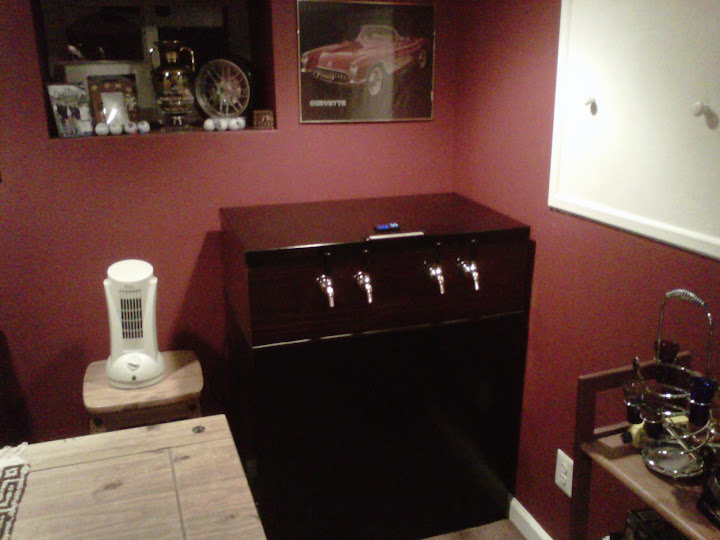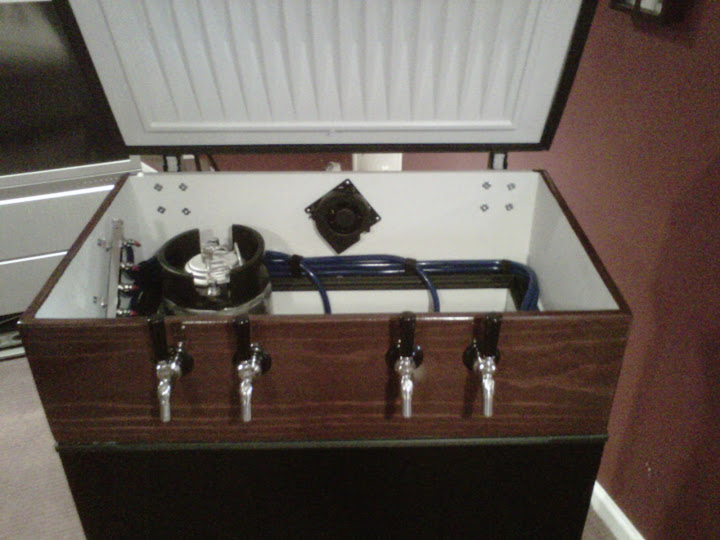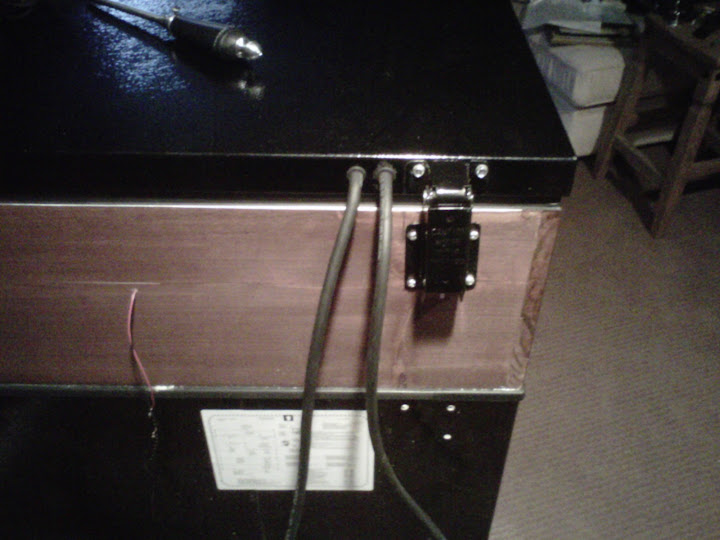So i'm done with my build out of the 7.2 CF Fridgidaire freezer/ kegerator. My Love control is working as it should and the freezer seems to cool down quickly.. but i notice my temps are rising rather quickly after the compressor shuts off.. I have 3/4" inch wood collar and its calked and the seal is flush and i get the "swoosh" when i drop the lid... any thoughts on how i can manage to figure out where my leak (if any) is?
at a loss...
at a loss...





